The post How to Photograph the Northern Lights (Aurora Borealis) appeared first on Digital Photography School. It was authored by Christian Hoiberg.

Want to know how to photograph the northern lights?
In this article, I’m going to share plenty of northern lights photography tips and tricks – so that you can capture stunning aurora shots of your own.
This advice comes from lots of experience; I’ve had the pleasure of watching and photographing the northern lights, also known as the aurora borealis, for years (and I still find myself shouting in awe when I see them elegantly dancing in the sky!).
So if you’re ready to become an expert, then let’s get started.
How to see the northern lights
The first step in photographing the northern lights is, obviously, finding them. It’s simply not possible to see the aurora whenever and wherever you want – you must be in the right region and follow a few simple steps, as I discuss below:
1. Be in the Northern Hemisphere
The northern lights aren’t visible all over the world. As the name indicates, they are a phenomenon visible in the Northern Hemisphere.
Places such as northern Norway, Iceland, and Alaska are typical areas you can witness the northern lights.
While you generally want to be north of the Arctic Circle (or close to it), you can witness the lights further south during extreme solar storms. But this is not as common and the display is rarely as impressive compared to “northern” northern lights.
When planning your trip to the north, you’ll need to bear one more fact in mind:
The northern lights season lasts from late fall to early spring. After all, northern lights are only visible in the night sky, and in the Arctic, the sun doesn’t set during the summer months – so there’s no darkness and no northern lights.

2. Get away from light pollution
It’s nearly impossible to see the northern lights from the downtown of a large city. You might catch a glimpse if the northern lights are strong, but the display won’t be nearly as impressive as if you leave the city lights behind.
To increase your chances of capturing the northern lights, you should get away from light pollution and find a location where you can clearly see the stars.
There are a few different tools you can use to find areas with minimal light pollution. Dark Sky is a great website for this purpose; it shows a detailed map of light pollution.

3. Look for clear skies (and a high Kp-index)
In order to see the northern lights, you need to see the stars – so cloudy nights aren’t good for aurora borealis photography. If the sky is cloudy, you might as well enjoy the comfort of a warm cabin.
Fortunately, when you’re north of the Arctic Circle, clear nights typically mean you will get a glimpse of the northern lights. The display might not always be strong, but chances are high that you’ll at least get a nice arch across the horizon.
Keep in mind that weather conditions change quickly in the Northern Hemisphere. Just because it’s cloudy one moment doesn’t mean it’ll be cloudy in an hour, so you should keep a close eye on the forecast and stick your head outside from time to time.
Also, a quick tip: To predict the aurora display strength, refer to the Kp-index. Note that the higher the Kp-index, the stronger the display. (There are other factors involved in predicting the northern lights, but the Kp-index is the easiest and most convenient.)

How to photograph the northern lights
Once you’ve found the northern lights, how do you actually photograph them? It’s easy to get overly excited and forget about the technicalities – after all, the northern lights are stunningly beautiful – but I urge you to study the next few steps so that you’re as prepared as possible when the sky explodes.
1. Use a tripod and a remote shutter release
Photographing at night means that you’re working with long exposures (i.e., slow shutter speeds). It’s therefore essential that you mount the camera on a tripod. This will make sure that your camera stays still for the duration of the exposure.
You should also consider using a remote shutter release when you’re photographing the northern lights. This removes any chance of the vibrations caused when you press the shutter.
An alternative is to use the camera’s self-timer – but sometimes you want to capture the image at an exact moment with no delay, which is why I highly recommend a remote release.

2. Use a wide-angle lens with a large aperture
I generally encourage photographers to experiment with different focal lengths, but there’s no getting around it: an ultra-wide-angle lens is ideal for photographing the northern lights.
A wide-angle lens allows you to capture both the landscape and the sky in one shot. That way, you can incorporate the northern lights into a good composition.
Also, when you first experience the northern lights, you’ll realize that they can fill up the entire sky. It’s impossible to capture all this beauty with a narrow focal length lens (in fact, even wide-angle glass isn’t always enough!).
It’s also important to use the widest possible aperture. A wide aperture means more light reaches the sensor, allowing for a brighter exposure.
For that reason, apertures such as f/2 and f/2.8 work well for night photos. You can get away with f/4 if your lens doesn’t open to f/2.8 – but you’ll need to increase the ISO or extend the shutter speed to pull it off, neither of which are great for northern lights photography.

3. Adjust the shutter speed and ISO according to the northern lights
Guides such as the 500 rule or the NPF rule are great indicators of the shutter speed you should use for night photography – but these do not work for northern lights.
Why?
Because the best shutter speed completely depends on how active the northern lights are. I’ve experienced extreme displays where I’m using a 1/2s shutter speed and an ISO of 200, yet I’m still overexposing the sky!
Therefore, you need to adapt the shutter speed to the situation and make changes throughout the night. I typically use a shutter speed between 4 and 20 seconds.
Now, a fast-moving northern lights display requires a faster shutter speed. The bright light moving across the sky will quickly get overexposed. But when the display is slower, you get away with a longer shutter speed.
The ISO also depends on how bright the night sky is. I typically use a value between ISO 1600 and ISO 6400. That said, on rare occasions, I go all the way down to ISO 200.
I’ll admit that it does require some experience to get your settings right from the very beginning. But keep an eye on the image preview between every few shots, and you’ll learn exactly what to adjust for great results.
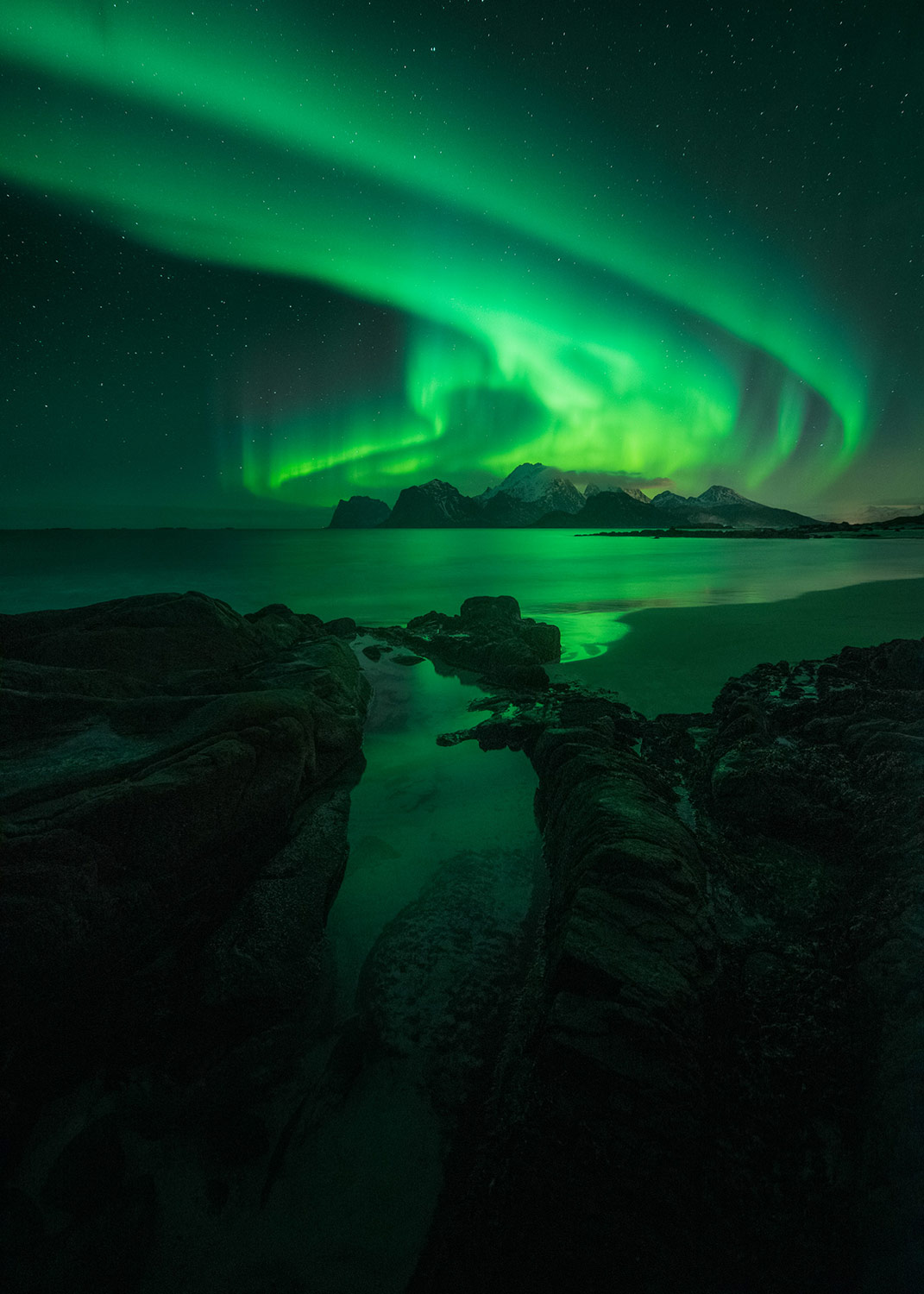
4. Use a cold white balance (3000-4000K)
I know that the white balance technically doesn’t matter if you’re shooting in RAW, but I’m someone who prefers to make the photo look as good as possible in-camera.
So when photographing the northern lights, avoid using Auto White Balance or preset modes. While these often do a great job during the day, they’re less consistent at night. You might get some okay results with Auto White Balance, but it won’t always work.
I recommend that you set the white balance manually – use Kelvin mode and chose a value somewhere between 3000K and 4000K. This will produce a colder and more natural-looking sky.
(Using values above 4000K makes the green in the northern lights look muddy and strange, which is something you want to avoid.)

5. Bring something warm to drink!
The winter nights in the Northern Hemisphere can be quite cold and miserable. It’s essential that you stay warm when you’re outside waiting for the northern lights. Good clothes (and several layers) help a lot, but it’s also nice to bring a thermos with a warm drink.
Once you get too cold, it’s hard to stay motivated. Especially if you’re planning to shoot for a while or make a timelapse.
How to photograph the northern lights: conclusion
Now that you’ve finished this article, you should be well-equipped to photograph the northern lights.
That said, if you want to learn more about northern lights photography – so you can start creating images like those in this article, fast – I highly recommend my course, Northern Lights Photography Made Easy. I teach all the essentials of capturing and processing stunning images of the night sky’s most amazing feature. So check out the course here!

The post How to Photograph the Northern Lights (Aurora Borealis) appeared first on Digital Photography School. It was authored by Christian Hoiberg.





















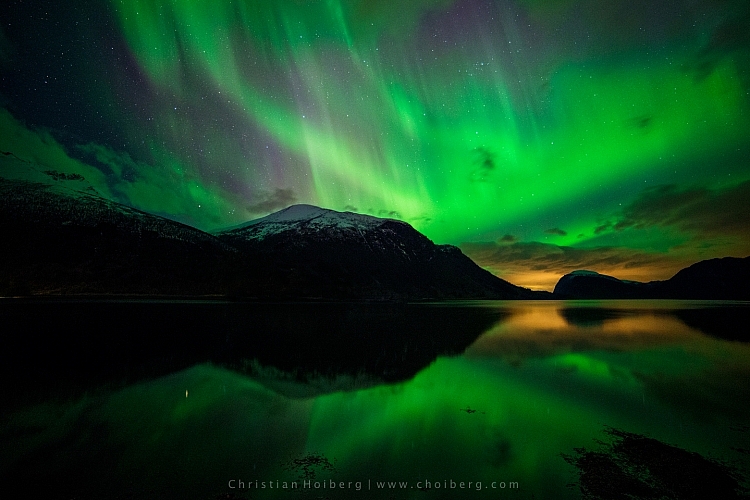
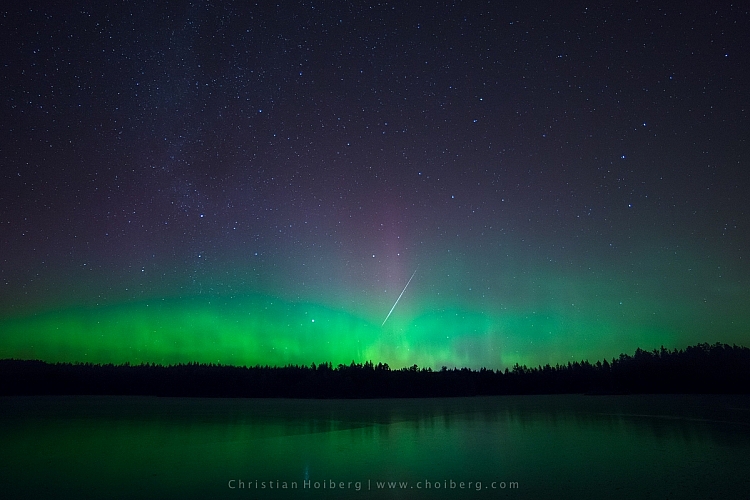
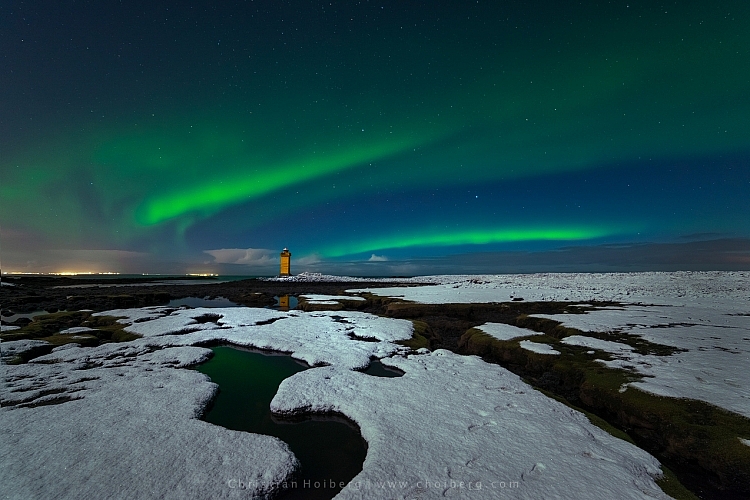
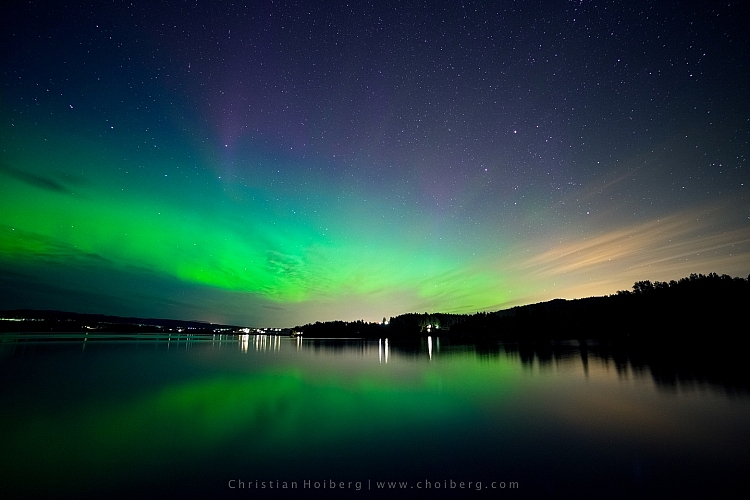
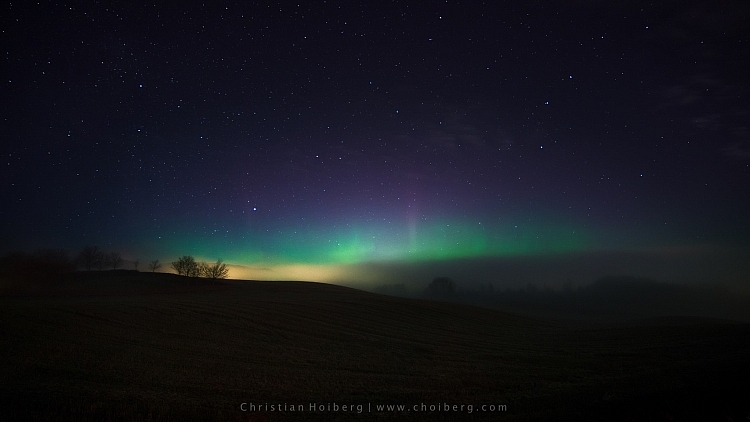
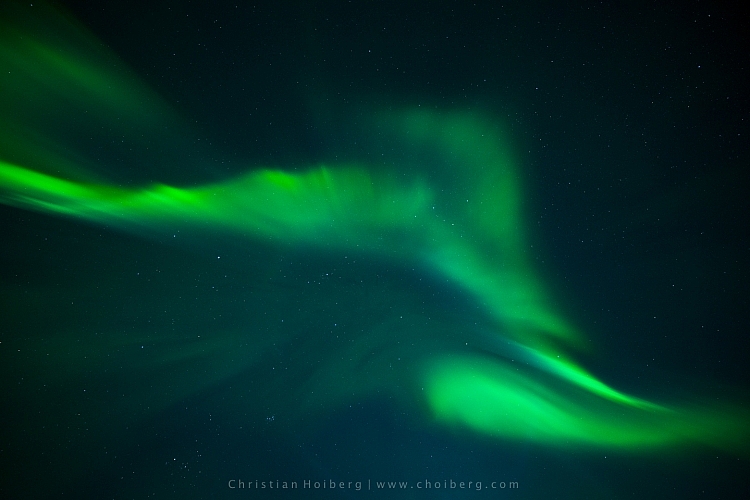
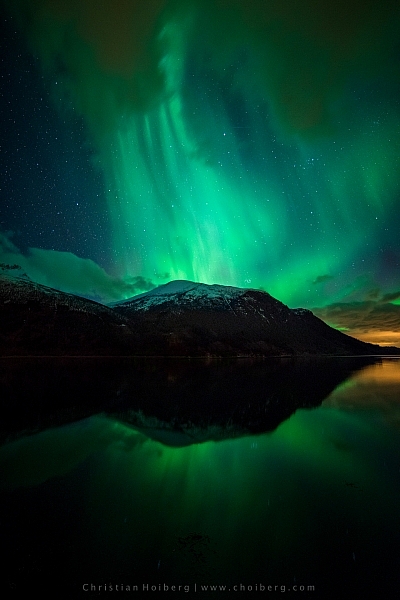
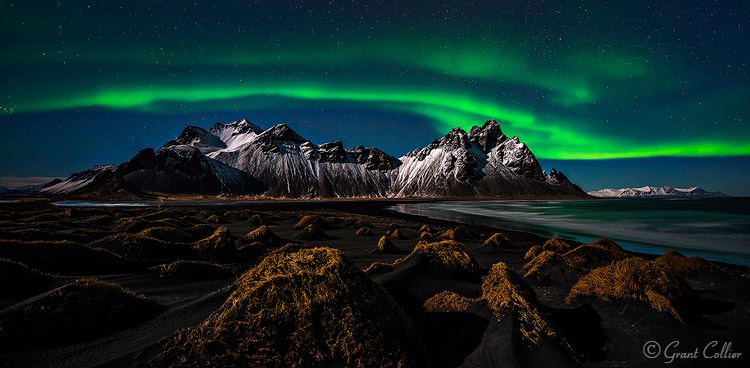
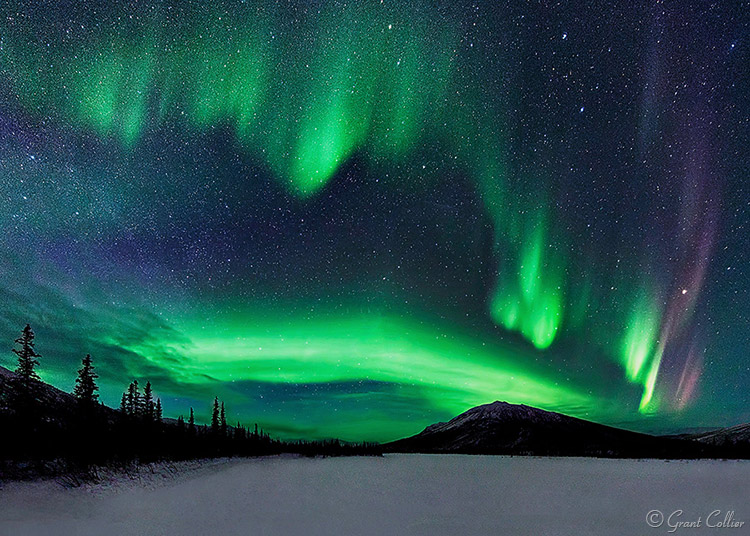
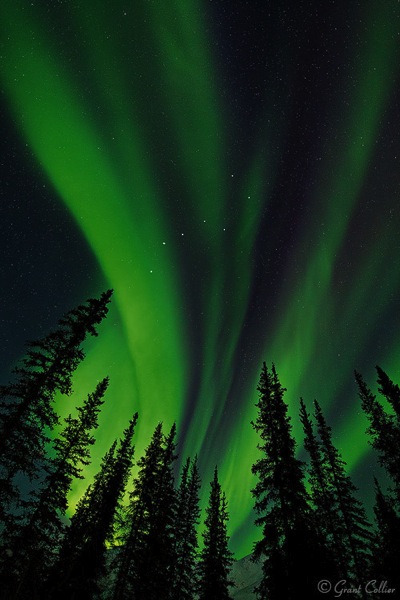
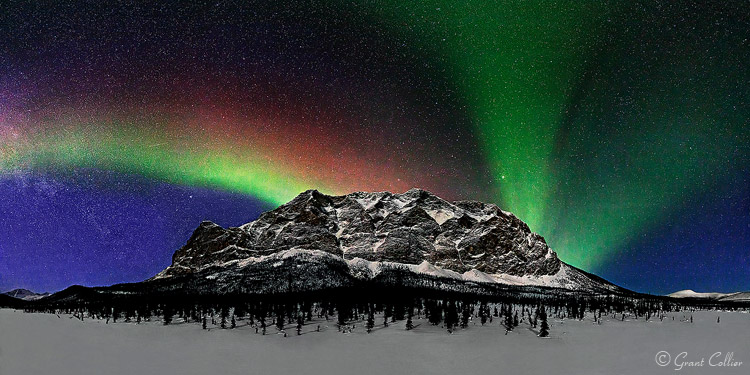
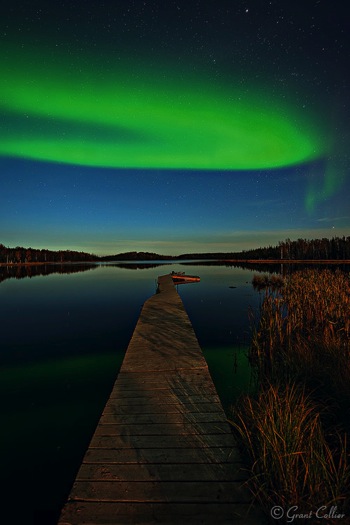
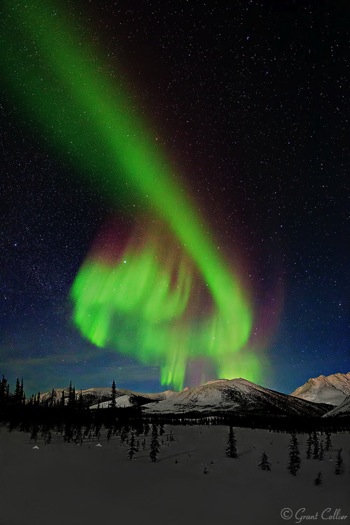
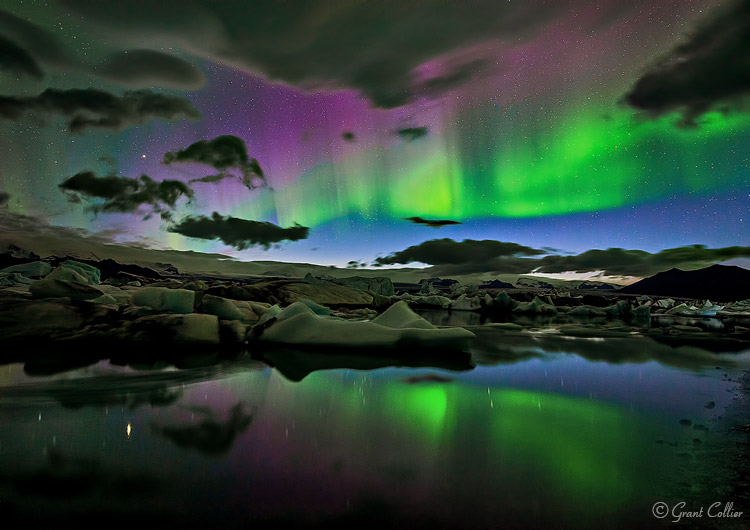
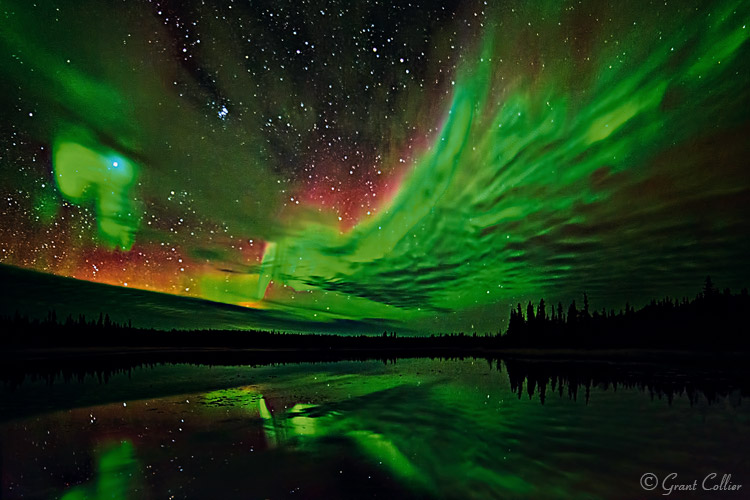
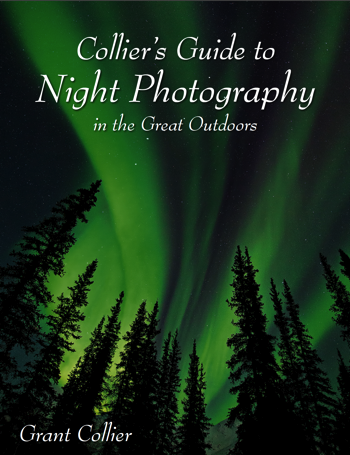 One sale now 32% OFF at Snapndeals: Collier’s Guide to Night Photography in the Great Outdoors eBook. Now only until January 26th, 2016
One sale now 32% OFF at Snapndeals: Collier’s Guide to Night Photography in the Great Outdoors eBook. Now only until January 26th, 2016












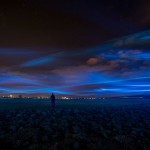
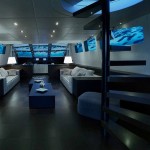
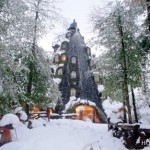









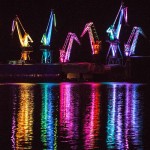
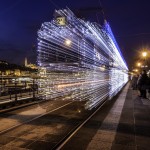
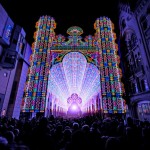
You must be logged in to post a comment.